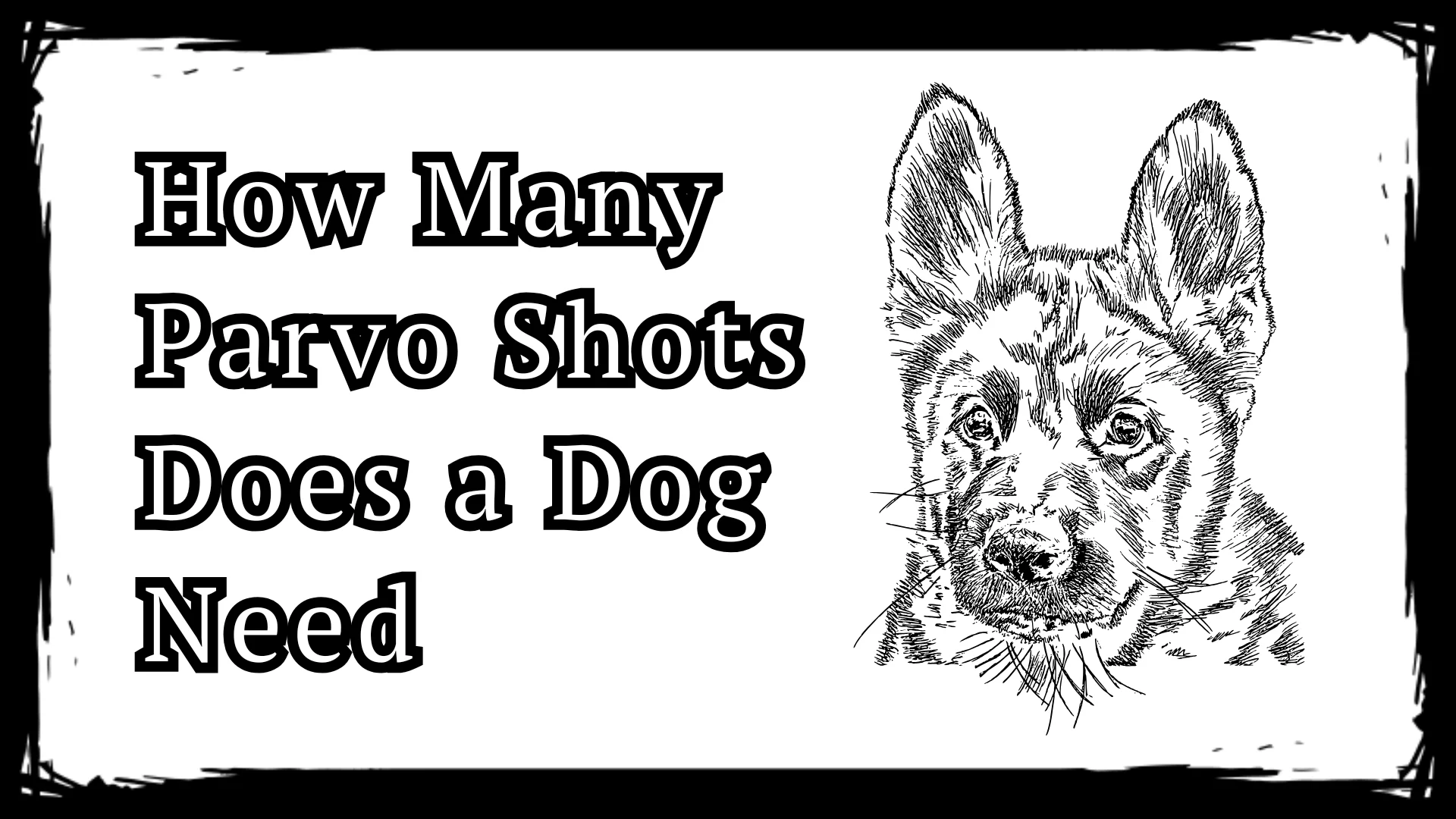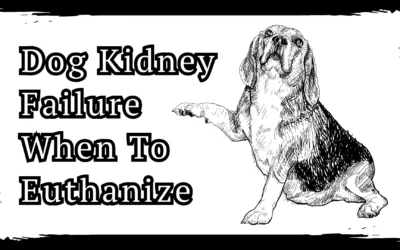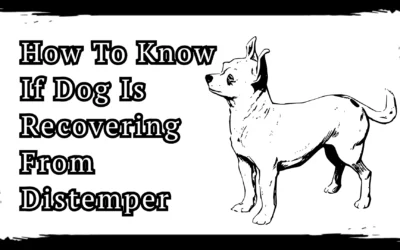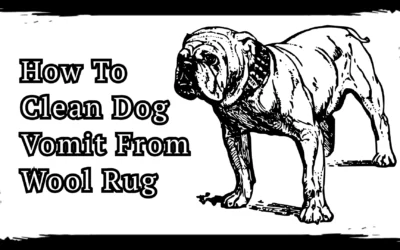How Many Parvo Shots Does a Dog Need? Parvovirus is a dangerous virus that can make dogs very sick, especially puppies. Vaccination is the best way to protect them. Many dog owners wonder how many parvo shots are needed to keep their pets safe.
Puppies typically need 3 to 4 parvo shots within their first 16 weeks of life. These are given every 2 to 4 weeks. Full protection builds after the final dose.
This guide explains everything in simple words—how many shots your dog needs, when they are given, and why they matter. Understanding the parvo vaccine schedule can help you keep your furry friend healthy and happy.
The Life-Saving Truth About Parvo Vaccinations
Your furry friend’s health depends on proper vaccination, and understanding parvo shot requirements could save their life. Parvovirus remains one of the most dangerous viruses in dogs, particularly puppies, but the right vaccination schedule provides powerful protection.
Most puppies need 3-4 initial parvo shots between 6-16 weeks of age, followed by annual or tri-annual boosters throughout their lifetime. This proven protocol has dramatically reduced parvo deaths and given countless dogs the chance to live healthy, vibrant lives.
Why Do Puppies Need Parvo Shots?
Puppies’ faces are extraordinarily vulnerable to parvovirus because their immune systems haven’t fully developed. Maternal antibodies provide temporary protection, but these fade between 6-12 weeks of age, creating a dangerous window during which puppies become susceptible to this devastating virus.
Without vaccination, parvovirus attacks with ruthless efficiency, destroying intestinal lining and bone marrow cells. The virus spreads rapidly through communities, and unvaccinated puppies face mortality rates exceeding 90% in severe cases.
Parvo shots work by training your puppy’s immune system to recognize and fight the virus. This preventive approach has transformed Parvo from a death sentence into a preventable disease.
Also Read: How Do You Know If Your Dog Has Parvo
How Do Dogs Get Parvo
Understanding transmission helps you protect your dog more effectively. Parvovirus spreads through:
- Direct Contact: Infected dog feces contain billions of viral particles.
- Environmental Contamination: The virus survives on surfaces for months.
- Indirect Transfer: Contaminated shoes, clothing, food bowls, and hands.
- Wildlife Carriers: Infected wild animals can spread the virus to domestic areas
The virus demonstrates remarkable resilience, surviving extreme temperatures and common disinfectants. This durability makes vaccination essential, as environmental elimination proves nearly impossible.
Early Signs Of Parvo
Recognition of early parvo symptoms can save your dog’s life. Watch for these warning signs:
Lethargy and weakness, Loss of appetite, vomiting, Fever, Depression
These initial symptoms often appear 3-7 days after exposure and can rapidly progress to more severe manifestations.
Parvo Symptoms
As the disease progresses, symptoms become more severe and life-threatening:
Severe bloody diarrhea, Persistent vomiting, Rapid dehydration, Abdominal pain, High fever followed by low body temperature, Collapse, and shock
Advanced symptoms require immediate emergency veterinary care. Delays can prove fatal within hours.
Signs That Your Puppy May Have Parvovirus
Parvo symptoms in puppies often progress rapidly. Critical warning signs include:
Sudden onset of severe illness, Refusal to eat or drink, Bloody, foul-smelling diarrhea, Continuous vomiting, Extreme lethargy, Cold extremities
Puppies can deteriorate within hours of symptom onset. Any combination of these signs demands immediate veterinary attention.
How Many Parvo Shots Does a Dog Need?

Dogs and puppies require a carefully orchestrated series of shots to build complete immunity. The standard protocol includes 3-4 initial vaccinations spaced 3-4 weeks apart, starting between 6-8 weeks of age.
This multi-shot approach ensures protection as maternal antibodies decline at different rates in individual puppies. Some puppies lose maternal protection early, while others retain it longer, making the series approach the most reliable protection method.
Parvo Vaccine Schedule
The optimal vaccination schedule follows this proven timeline:
- 6-8 weeks: First parvo vaccination
- 10-12 weeks: Second booster shot
- 14-16 weeks: Third booster shot
- 18-20 weeks: Optional fourth shot (high-risk cases)
- 12-15 months: Adult booster
- Every 1-3 years: Ongoing adult boosters
This schedule maximizes protection while minimizing vulnerability windows. Strict adherence to timing ensures optimal immune development.
First Shot
The initial parvo vaccination typically occurs at 6-8 weeks of age. This foundational shot begins training your puppy’s immune system to recognize parvovirus antigens.
While the first shot provides some protection, it’s insufficient alone. Maternal antibodies may still interfere with immune response, and young immune systems need multiple exposures to develop robust protection.
Does The First Parvo Shot Offer Any Protection
The first parvo shot provides partial protection, but it’s dangerously insufficient alone. Studies show single vaccinations offer only 30-50% protection rates, leaving puppies vulnerable to infection.
Maternal antibodies can interfere with the first shot’s effectiveness, potentially neutralizing the vaccine before immunity develops. This interference explains why puppies need multiple shots to ensure reliable protection.
Never assume your puppy is protected after just one shot. Continue following the complete vaccination schedule and maintaining precautions until the series is complete.
Booster Shots
Booster shots can be given at 10-12 weeks and 14-16 weeks to strengthen and complete the immunity development process. Each booster builds upon previous vaccinations, creating layers of protection that mature into lifelong immunity.
Some veterinarians recommend a fourth shot at 18-20 weeks for high-risk breeds or situations. This additional protection ensures immunity development in puppies who may respond more slowly to vaccination.
Chances Of Parvo After Second Shot
Protection improves significantly after the second shot, with effectiveness rates climbing to 70-80%. However, puppies remain vulnerable until completing the entire series and allowing two weeks for full immunity development.
The second shot timing is critical. If given too early, maternal antibodies may still interfere. If delayed, puppies face extended vulnerability periods. Your veterinarian will optimize timing based on your puppy’s specific circumstances.
How Many Parvo Shots Does a Puppy Need Before Going Outside
Puppies need all shots in the series, plus two weeks before safely exploring high-risk environments like dog parks, pet stores, or areas with heavy dog traffic.
Limited outdoor exposure in controlled environments may be acceptable earlier with veterinary approval. Consider carrying young puppies in areas where unvaccinated dogs may have been present.
The final shot typically occurs around 16 weeks, meaning full protection develops around 18-20 weeks of age. This timing allows for crucial socialization while maintaining safety.
Adult Booster
Adult dogs need their first booster 12-15 months after completing the puppy series. This crucial vaccination transitions dogs from puppy immunity to mature immune protection.
Subsequent boosters follow veterinary recommendations, typically every 1-3 years depending on lifestyle factors, local disease prevalence, and individual immune response.
How Many Parvo Shots Does An Adult Dog Need
Adult dogs with complete puppy vaccination need boosters every 1-3 years, depending on various factors:
Annual boosters provide consistent protection and peace of mind. Tri-annual boosters work well for low-risk dogs with strong immunity. Titer testing can help determine optimal booster intervals.
Dogs with unknown vaccination histories should receive the complete puppy series regardless of age, ensuring comprehensive protection.
What Happens If a Puppy Misses a Shot?
Missing scheduled vaccinations creates dangerous protection gaps. The response depends on timing:
- Short delays (1-2 weeks): Usually continue the series with adjusted timing
- Extended delays (3+ weeks): May require restarting the entire series
- Unknown timing: Veterinary assessment determines the best approach
Never assume immunity is maintained with missed shots. Contact your veterinarian immediately to develop a safe catch-up plan.
How Parvo Vaccinations Protect Your Community
Vaccination creates community-wide protection through herd immunity. When most dogs are vaccinated, virus circulation decreases dramatically, protecting vulnerable individuals who cannot be vaccinated due to age or health conditions.
Your decision to vaccinate helps break transmission cycles, reducing overall disease prevalence in your neighborhood. This community protection is especially crucial for puppy socialization areas and dog-dense environments.
Responsible vaccination contributes to the broader public health effort, making communities safer for all dogs while reducing the burden on veterinary emergency services.
Maximizing Vaccine Success
Pre-Vaccination Health
Healthy puppies respond best to vaccination. Ensure your puppy is:
- Free from illness or fever
- Well-nourished and hydrated
- Not under stress from major changes
Post-Vaccination Care
Support your puppy’s immune response by:
- Avoiding strenuous exercise for 24-48 hours
- Monitoring for mild side effects
- Maintaining normal feeding schedules
- Limiting exposure to unvaccinated dogs
Cost-Effective Protection Strategy
Parvo vaccination represents incredible value. Treatment for parvo infection can cost thousands of dollars with no guarantee of survival, while a complete vaccination series typically costs under $200.
Many communities offer low-cost vaccination clinics, making protection accessible for every budget. The investment in prevention pays enormous dividends in avoided heartbreak and veterinary bills.
Must Read: How To Know If Dog Is Recovering From Distemper
FAQs
Does my dog need 3 or 4 parvo shots?
Most puppies need 3 to 4 parvo shots to build strong immunity. A vet decides based on age, health, and vaccination schedule.
At what age is a dog safe from Parvo?
Dogs are usually safe from Parvo around 16 weeks old, after completing all puppy vaccinations. Until then, avoid dog parks and unknown places.
Can I take my dog out after 3 parvo shots?
After three parvo shots, a puppy has some protection. Still, it’s best to avoid risky areas until the full vaccine series is complete.
What month is parvo season?
Parvo season peaks in warmer months, especially spring and summer. The virus spreads easily, so extra care is needed during these active months.
What are the first signs of Parvo in a dog?
Early parvo signs include vomiting, bloody diarrhea, tiredness, and loss of appetite. Quick vet care is vital to help the dog survive.
When can I stop worrying about Parvo?
You can stop worrying once your dog finishes all parvo shots, usually by 16 weeks. Adult dogs need boosters to stay protected.
How long after a puppy lasts Parvo can they go outside?
After surviving Parvo, a puppy should wait at least two weeks and get vet clearance before going outside to avoid catching or spreading infections.
Can dogs get Parvo after one shot?
Yes, one shot doesn’t fully protect dogs from Parvo. Puppies need a full vaccine series to build strong immunity against the deadly virus.
Is a puppy safe from Parvo after a second shot?
After two shots, a puppy has partial protection. Still, full safety comes after the last booster. Keep your puppy away from public places, meanwhile.
What does parvo poop look like?
Parvo poop is often bloody, watery, and has a foul smell. It’s usually dark or reddish and a clear warning to seek vet help fast.
Conclusion
In conclusion, remember parvo vaccination isn’t just about preventing disease—it’s about ensuring your dog lives the longest, healthiest, happiest life possible. Take action now to give your furry family member the protection they deserve.
The peace of mind that comes from knowing your dog is properly protected against Parvo is priceless. Make that investment today, because your dog’s life is worth everything.




